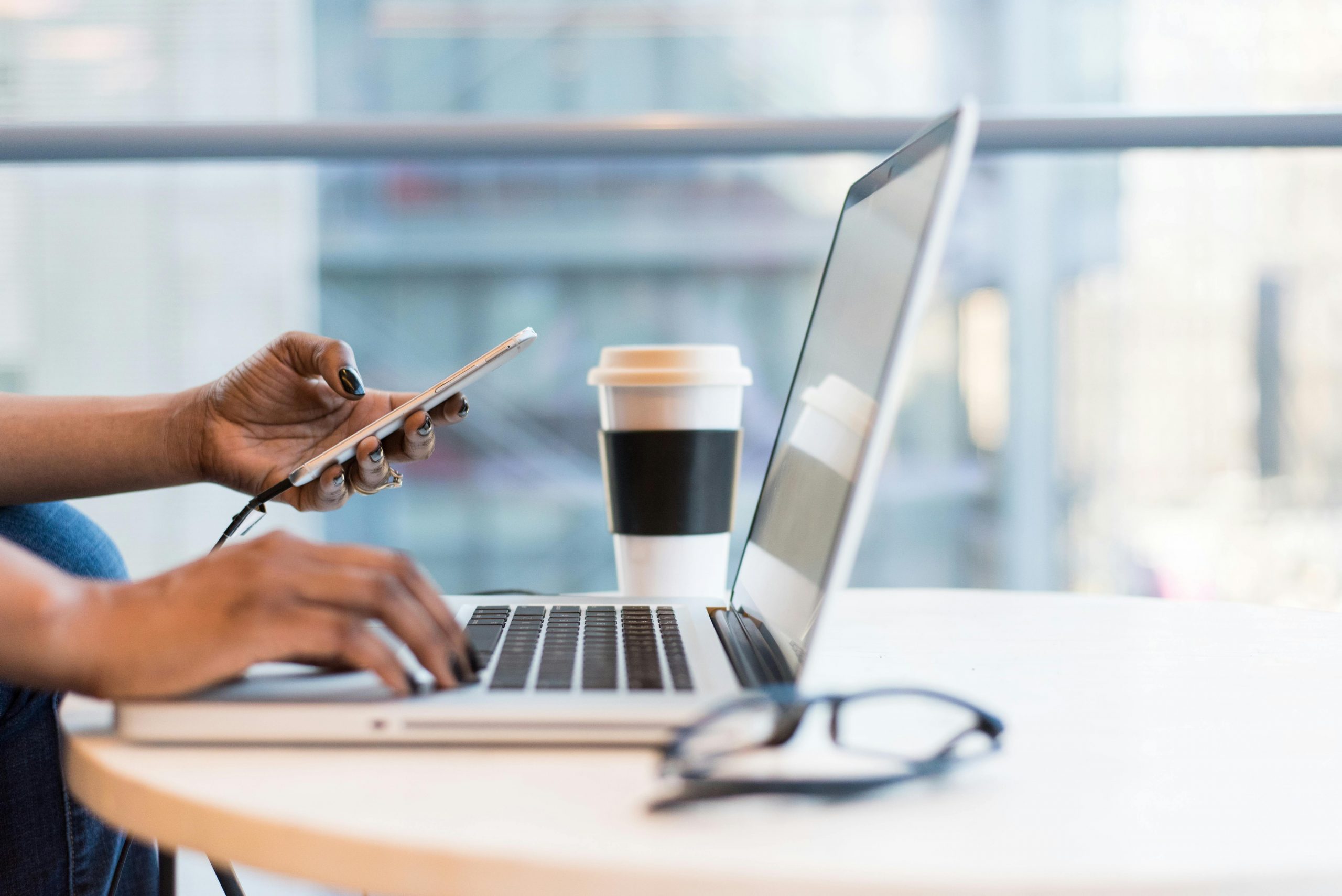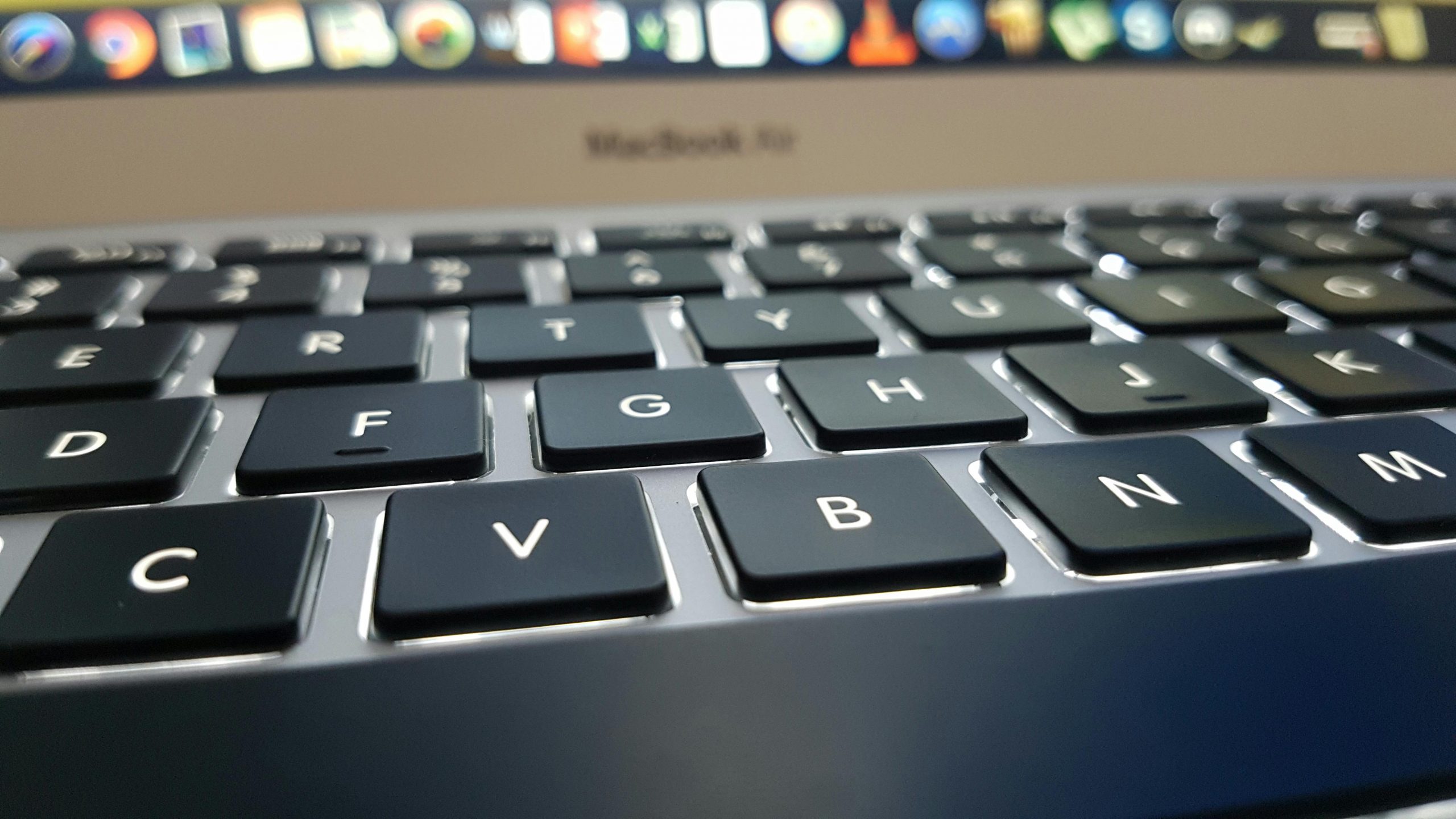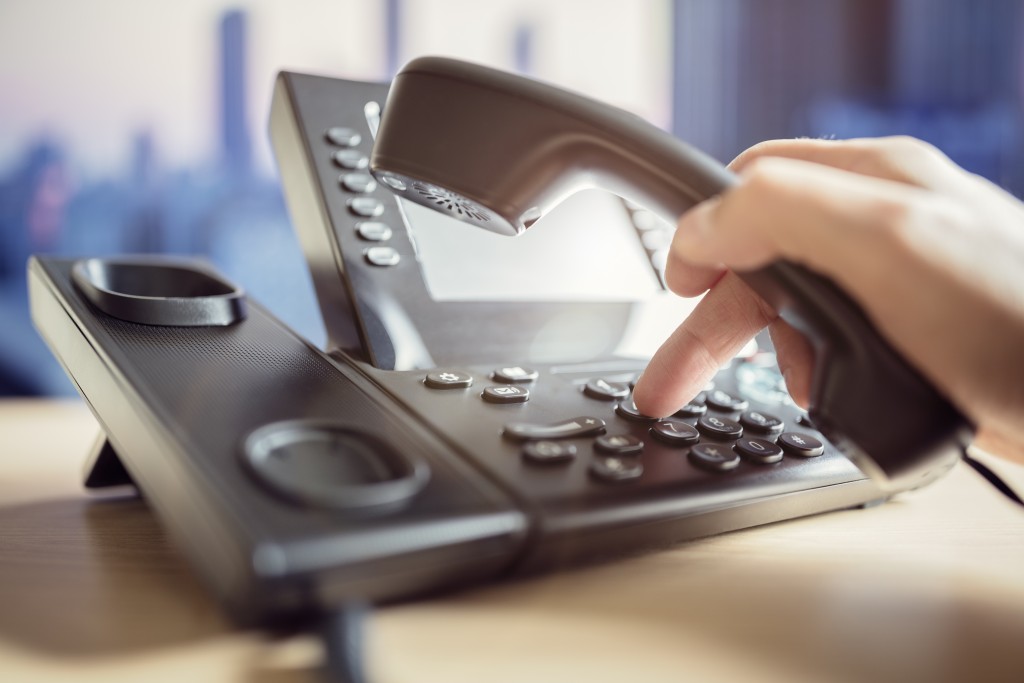Your IP address is like your device’s home address on the internet. It helps websites and services know where to send information. But sometimes, you may want or need to change your IP address. Whether it’s to fix internet problems, protect your privacy, or access geo-restricted content, changing your IP address can be helpful.
In this article, we’ll explain what an IP address is, why you might want to change it, and simple ways to do it. No complicated tech knowledge needed! We’ll also cover important safety tips to keep your online activity secure.
What Is an IP Address?

An IP address (Internet Protocol address) is a unique number assigned to every device connected to the internet. It looks something like this: 192.168.1.1 (IPv4) or a longer code with letters and numbers like 2001:0db8:85a3:0000:0000:8a2e:0370:7334 (IPv6).
There are two main types of IP addresses:
- Dynamic IP addresses: These change regularly and are assigned by your Internet Service Provider (ISP).
- Static IP addresses: These stay the same and are often used for businesses or servers.
Knowing your current IP address is the first step before changing it. You can check it by searching “What is my IP” on Google or visiting websites like WhatIsMyIP.com.
Why Would You Want to Change Your IP Address?
There are several reasons you might want to change your IP address:
- Fix network problems: Sometimes resetting your IP can solve connection issues.
- Protect your privacy: Changing your IP makes it harder for websites and advertisers to track you online.
- Access geo-restricted content: Some websites or streaming services limit content based on your IP location. Changing it can help you bypass these blocks.
- Avoid bans: If your IP address has been blocked by a website, changing it can restore access.
How to Change Your IP Address: Different Methods

Changing your IP address can be done in several ways. Here are the most common methods, explained step-by-step.
1. Restart Your Router (For Dynamic IP Addresses)
Most home internet connections use dynamic IPs. Restarting your router can often assign a new IP address.
Steps:
- Turn off your router and modem.
- Wait at least 5 minutes (some suggest longer, like 15 minutes).
- Turn your router and modem back on.
- Check your IP address using a “What is my IP” tool to see if it changed.
Note: This method works only if your ISP assigns a new IP after a restart. Some ISPs give you the same IP for a certain time, so this isn’t guaranteed.
2. Manually Change IP Address on Your Device
You can assign a new IP address manually on your computer or phone. This is common on local networks.
On Windows:
- Go to Control Panel > Network and Internet > Network and Sharing Center.
- Click Change adapter settings.
- Right-click your network connection and choose Properties.
- Select Internet Protocol Version 4 (TCP/IPv4) and click Properties.
- Choose Use the following IP address and enter your new IP address, subnet mask, and default gateway.
- Click OK to save changes.
On Mac:
- Open System Preferences > Network.
- Select your network connection and click Advanced.
- Go to the TCP/IP tab.
- Select Manually from the Configure IPv4 dropdown.
- Enter the new IP address and other details.
- Click OK and then Apply.
Important: When choosing a new IP, ensure it fits your network’s range to avoid conflicts. For home users, it’s best to stick to automatic settings unless you know what you’re doing.
3. Use a VPN (Virtual Private Network)
A VPN hides your real IP address by routing your internet traffic through a server in another location. This method is popular for privacy and accessing restricted content.
How to use a VPN:
- Choose a reputable VPN service (some popular ones include ExpressVPN, NordVPN, or CyberGhost).
- Download and install the VPN app on your device.
- Open the VPN app and connect to a server in your preferred location.
- Your IP address will change to the VPN server’s IP.
Advantages:
- Easy to use with no manual IP setup.
- Protects your privacy by encrypting your internet traffic.
- Allows access to content from other countries.
Note: VPNs may slow down your internet speed slightly depending on the server location.
4. Use a Proxy Server
A proxy server acts as an intermediary between your device and the internet. It hides your IP by replacing it with the proxy’s IP.
How to use a proxy:
- Find a free or paid proxy service online.
- Configure your browser or device to use the proxy server (instructions vary by device).
- Your internet requests will be routed through the proxy, showing the proxy’s IP address.
Drawbacks:
- Many free proxies are slow or unreliable.
- They usually don’t encrypt your traffic, so privacy is limited compared to VPNs.
5. Contact Your ISP for a New IP
If you need a permanent new IP, contact your ISP and ask if they can assign you a new static or dynamic IP.
- Some ISPs may do this for free or for a fee.
- You may need to provide reasons like troubleshooting or privacy concerns.
Tips to Keep in Mind When Changing Your IP Address
Changing your IP address can be a simple process, but there are important things to remember to make sure it works properly and keeps your devices safe. Here are some key tips to help you avoid common mistakes and stay secure:
- Know Your Current IP Address
Before you try to change your IP, check what it is first. You can do this by searching “What is my IP” on Google or visiting websites like WhatIsMyIP.com. After you change your IP, check again to make sure the change actually happened. This step helps you confirm that your efforts worked and lets you keep track of your device’s network settings.
- Use Safe Networks When Changing Your IP
If you’re changing your IP address on a public Wi-Fi network, like at a coffee shop or airport, be very careful. Public Wi-Fi is often less secure, and hackers can sometimes intercept your data. Avoid accessing sensitive information or logging into important accounts while connected to public networks. Whenever possible, use a VPN to encrypt your connection and keep your data private when on public Wi-Fi.
- Understand Your Network Settings
If you’re changing your IP address manually on your device, it’s important to know your network’s setup. Your router uses a range of IP addresses, called the subnet, to assign to devices on your local network. Choosing an IP outside of this range can cause connection problems. For example, if your router uses addresses from 192.168.1.2 to 192.168.1.100, picking an IP outside this range might cause conflicts or lose connection. Checking your router’s settings or consulting the manual will help you select the right IP address to avoid these issues.
- Use VPNs Wisely and Choose Trusted Providers
VPNs are a great way to change your public IP address and protect your privacy, but not all VPNs are created equal. Free VPN services may sell your data or have weak security, which can put you at risk. Always choose a trusted, well-reviewed VPN provider that uses strong encryption and has a clear privacy policy. Good VPNs will keep your online activity safe and help you avoid data leaks or IP address exposure.
- Restart Devices After Changing Your IP
After making any changes to your IP address—whether by restarting your router, setting it manually, or connecting to a VPN—it’s a good idea to restart your device. Restarting forces your device to refresh its network settings, which can fix minor issues and ensure the new IP address is fully applied. If you don’t restart, your device might keep using the old settings, causing confusion or connectivity problems.
- Keep Track of IP Changes for Troubleshooting
If you often change your IP address, keep a simple log of when and how you made changes. This is especially useful if you notice connection problems later or need to contact your ISP for support. Knowing your IP history can help you or a technician quickly find the cause of any network issues.
- Be Aware of Device-Specific IP Settings
Different devices (computers, smartphones, tablets) handle IP addresses differently. For example, your phone may get a new IP automatically when switching between Wi-Fi and cellular networks. When manually setting IPs on multiple devices, make sure each one has a unique address within your network to avoid conflicts.
- Don’t Change IP Address Too Often
While changing your IP address can be useful, doing it too frequently might cause problems with some online services. Websites or apps sometimes use IP addresses to verify your identity or track your sessions. Constant changes could trigger security checks or temporarily block your access.
What’s the Difference Between Public and Private IP Addresses?
Your device usually has two IP addresses:
- Private IP: Used within your home or office network to communicate with devices like printers or other computers.
- Public IP: The address your ISP assigns, which websites and services see.
Most of the time, when people talk about changing their IP address, they mean the public IP. Some methods above change your private IP (manual change), while VPNs and proxies mask your public IP.
Can Changing Your IP Address Improve Security?
Yes! Changing or masking your IP address can add a layer of privacy and security by:
- Making it harder for hackers or trackers to find your location.
- Preventing websites from building a profile based on your IP.
- Helping you avoid targeted ads or restrictions.
However, changing your IP alone is not enough. Use strong passwords, secure your Wi-Fi, and keep your devices updated.
Common Questions About Changing IP Addresses
Q: Is it legal to change my IP address?
A: Yes, it is legal in most countries to change your own IP address or use VPNs and proxies.
Q: Will changing my IP address improve my internet speed?
A: Usually no. Changing IP doesn’t directly affect speed. However, a VPN or proxy server might slow your connection.
Q: Can I change my IP address on a smartphone?
A: Yes! You can restart your mobile data, connect to different Wi-Fi networks, or use a VPN app.
Final Thoughts
Knowing how to change your IP address is a useful skill for improving your online privacy, fixing connection issues, or accessing content from other locations. Whether you restart your router, set a manual IP, or use a VPN, there are options for every skill level.
Always remember to stay safe online by choosing trusted tools and understanding how your network works. Now that you know how to change your IP address, you can take control of your internet experience with confidence!

